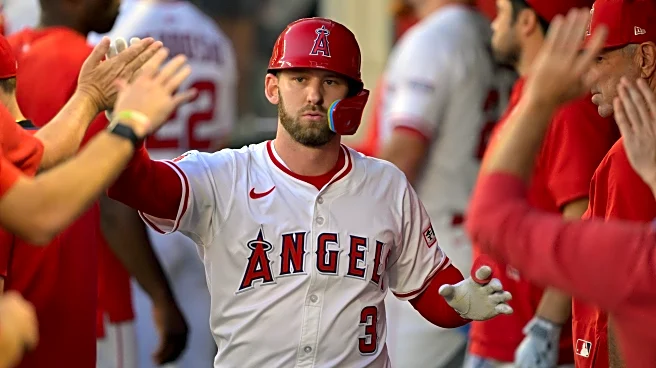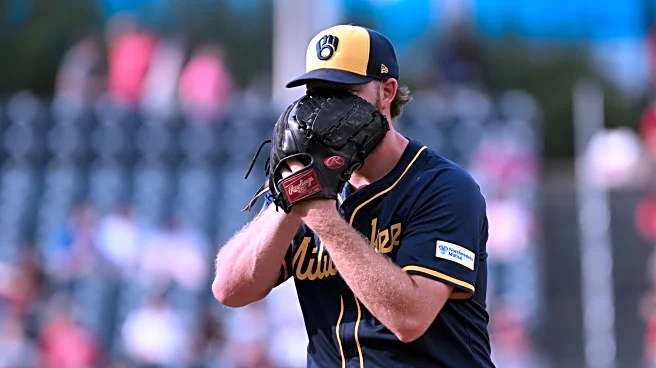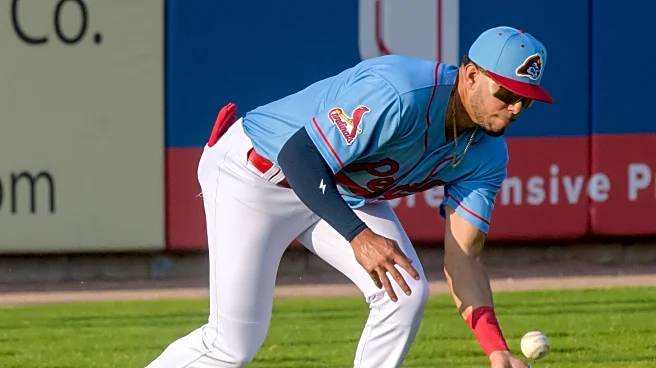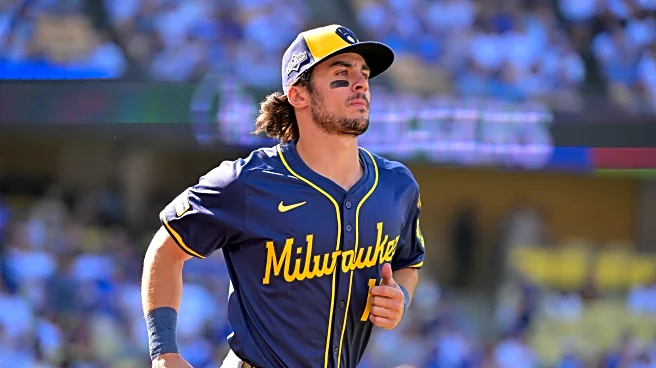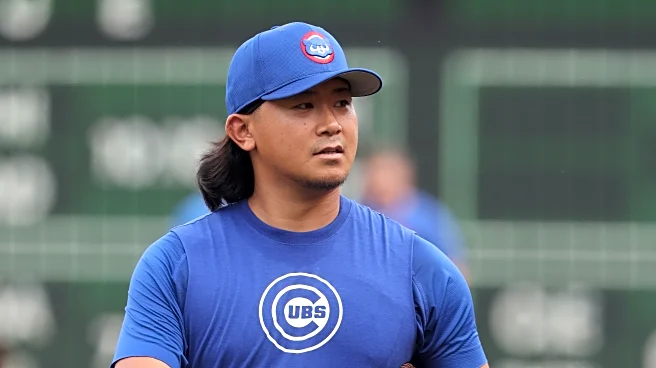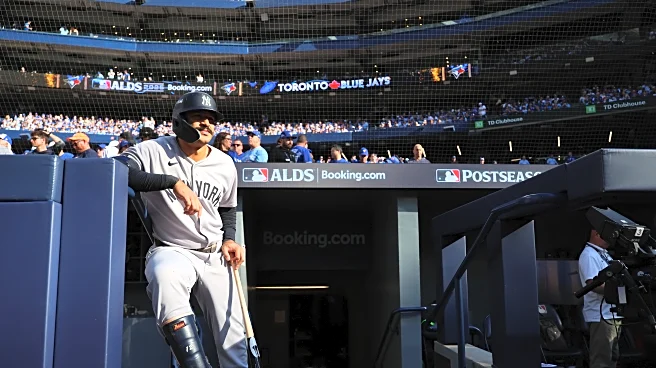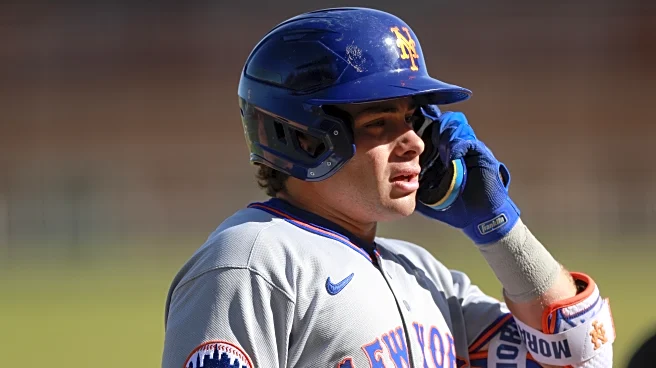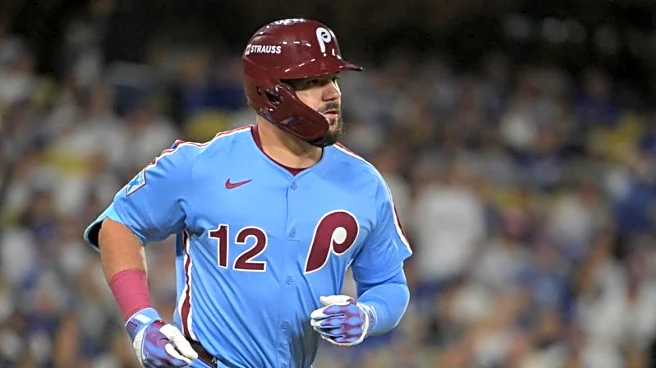Yesterday, Brandon Woodruff accepted his qualifying offer. He is guaranteed a $22.025 million contract for the 2026 season and will be back with the Brewers. It’s a welcome sight for fans of Woodruff, who will stay with the organization he has been with his whole career. While this will improve the rotation outlook for 2026, it also complicates the situation for other areas of the team that need improvement.
The most direct impact of Woodruff’s return is on the starting rotation. It brings needed
experience back into a rotation that will have a surge of youth. Entering 2026, the early rotation has a much better look. Veterans Freddy Peralta and Woodruff lead the rotation, with Quinn Priester and Jacob Misiorowski leading the young starters. After that, there’s depth between Chad Patrick, Logan Henderson, and Robert Gasser. There’s also potential with Tobias Myers, as well as long relievers Aaron Ashby and DL Hall (though both are better suited for the bullpen currently). This will likely be the core of starting pitchers entering next season.
Once you look past the starting rotation, the possibility for upgrades becomes more complicated. Woodruff’s return also puts the payroll in a tough situation. For reference, here are the payroll numbers:
- Payroll to start 2025: $107,618,000 + $12,500,000 in other commitments (Milwaukee Journal Sentinel)
- Final 2025 Payroll: $137,610,720 (Spotrac). This includes declined 2026 options, but not the other commitments noted by the Journal-Sentinel.
- Current Commitments: $112,107,605 (Spotrac)
Before any other signings occur, the payroll is already above the starting payroll for 2025, excluding the extra commitments. There hasn’t been any indication that the Brewers are willing to spend more in 2026, and there likely won’t be, because the front office wants to remain in a strong position for bargaining. Since the payroll went up to $137 million by the end of the 2025 season, that shows some ability to be flexible with it. However, the Brewers have made it clear that they also want in-season payroll flexibility, so additions will be limited.
The Brewers aren’t locked into that current commitment amount yet. Trades can happen in the offseason that can affect the payroll. While Woodruff accepted the qualifying offer, he could sign a longer-term deal with the Brewers that would spread the money out and reduce the hit for 2026. Arbitration decisions could push it a little lower. There’s still plenty that can happen.
It’s also interesting that multiple players accepted qualifying offers. In the 13 offseasons before 2025, where the qualifying offer was available, 14 of 144 players (9.7%) had accepted it. This offseason, four of the 13 players accepted qualifying offers. In five of those offseasons, none of the players accepted it. The only year with more than two was the 2015-16 offseason, where three players out of 20 took their qualifying offers. It’s also the first time that the Brewers extended a qualifying offer that was accepted.
This could be an early indication of a rough free agent market. With the CBA set to expire after the 2026 season, there’s a lot of uncertainty right now. It’s too early to say how it will affect the offseason as a whole, but this is an early indicator. Also, two of the four players who accepted the offer (Woodruff and Shota Imanaga) are starting pitchers. It’s not a complete surprise as both had question marks surrounding them at the end of the season (Woodruff’s oblique injury and Imanaga’s 4.70 ERA after the All-Star Break). The starting pitcher market will be one to watch and see if they made a good decision.
However, if it’s a rough year for free agency, that presents an opportunity for the Brewers. In rough free agent markets, more players may be willing to take one-year contracts to improve their resume and retry the market the next offseason. The front office has done this in the past, with the most notable example coming during the 2018-19 offseason. With the Brewers coming off their NLCS run, they re-signed third baseman Mike Moustakas to a one-year contract after acquiring him at the 2018 trade deadline. They also signed free agent catcher Yasmani Grandal to a one-year contract. Both played the 2019 season in Milwaukee, then re-entered the free agent market and signed four-year contracts the following offseason.
There’s also the need to keep some flexibility for moves as the offseason progresses. Yesterday was the deadline to add players to the 40-man roster to protect them from the Rule 5 draft. As a result, several players were designated for assignment or released, adding another wave of players to the free agent market. Later this week (Nov. 21 is the deadline), non-tender decisions will be made, and that will also add more players to the pool. Having that extra money in the budget helps the front office take advantage of opportunities when they come up.
Overall, Woodruff’s return to the Brewers for 2026 is positive news. He is a fan-favorite player who brings experience to a young Brewers’ rotation. However, it also puts the current payroll projection in a tricky situation. Keeping some payroll flexibility throughout the offseason is important as opportunities to sign players emerge. Woodruff’s return doesn’t mean the Brewers can’t do much in free agency, but they may have to be more creative about it.



